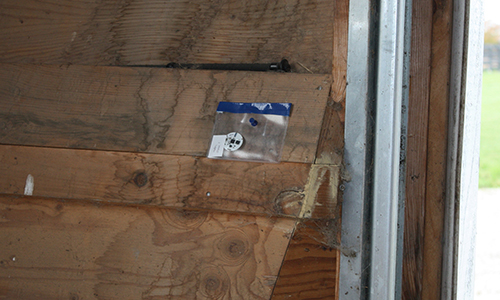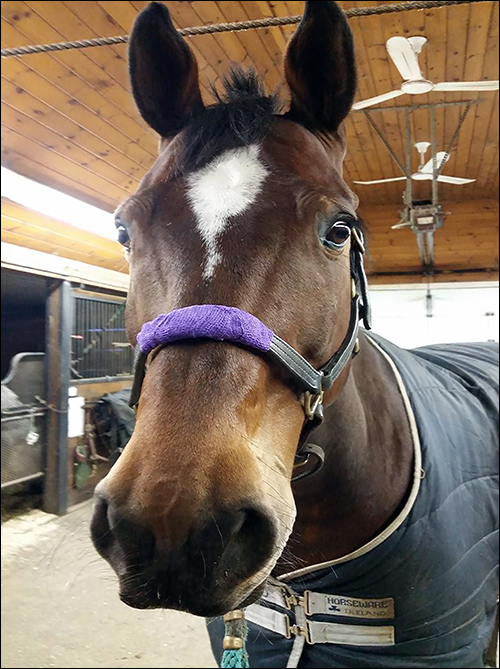Apr 21, 2017Researchers at the University of Guelph have been testing radio frequency identification technology to track the movements of horses and staff members to determine how disease may be spread. The technology uniquely identifies each of those wearing an RFID tag, while the tags themselves collect data about each contact they have with other tags. This solution eliminates the need for researchers to install readers in the harsh environments of horse stables and fields.
With the RFID data, "We are using computer simulation to look for trends that could lead to disease transmission," says Amy Greer, an assistant professor and Canada research chair in population disease modeling at the University of Guelph's Ontario Veterinary College.

Traditionally, Greer says, the potential for infection has been evaluated based on the proposition that a group of animals within a confined area all have equal risk of transmitting infection to another animal in that area. This may be an oversimplification of the infection risk that each animal faces, she notes, and does not take into consideration the people who care for those animals, or how they could be potential disease transmitters or carriers themselves.
According to Greer, the researchers wanted to use technology in the same way that some hospitals do to track the movements of a patient, as well as those around that individual, to understand transmission risks. That led them to investigating RFID technology. However, Greer notes, hospitals have Wi-Fi networks and power sources that make it easier to capture that information and download it into software. Horse stables do not lend themselves to that kind of network.
Therefore, the group has developed a system that it has used at three sites to date, consisting of high-memory transponders worn by both horses and human employees that transmit data to each other and store information that can be downloaded at a later time. In that way, there is no need for a gateway to be installed in a stable or field.
The technology consists of OpenBeacon active 2.4 GHz proximity tags with a Nordic Semiconductor nRF51822 Bluetooth Low Energy (BLE)-compatible chip attached to each horse's halter. Staff members wear the same device around their necks on a lanyard. Each tag's unique ID number is linked to an individual or horse, and that ID is stored in software developed by the university. Although the technology can utilize BLE to communicate with beacon devices, the researchers are only employing the RFID functionality.
Each tag comes with 8 megabytes of storage capacity. When a tag worn by a horse or human comes within a 2-meter range of another tag, each tag captures a transmission containing the other's unique ID number. That data is then stored in both tags. The tags use coin cell batteries that have survived the one-week use during the studies completed thus far. The researchers encased the tags in plastic sleeves with a sealed top in order to protect them from water and dirt, and then taped them to the halters.

As each study is completed, the tags are then connected to a PC so that the data can be uploaded and reviewed by researchers. OpenBeacon tags can use BLE to send data to a mobile device, thereby enabling a more immediate collection of information, though the university researchers are not using this feature at present. The data indicates not only which horses and individuals came within range of each other, but also when this occurred, in what order and for how long.
Ensuring that the tags effectively read each other has been challenging, Greer says, due to the horses' size—the presence of fluid in the bodies of both the animals and the employees serves as an obstacle for RF transmission. The group considered attaching two tags on each horse, one in front and one in back, but opted instead to use just a single tag on the front of the halter, since face-to-face contacts would be the interactions of greatest concern.
The university's three studies were conducted this year, each at a different farm in the area. The first facility had nine tagged horses and five staff members, while the largest required 30 horse tags and approximately 10 employee tags. So far, the system has collected about 300,000 individual interactions at those three sites. The group now plans to launch several more deployments at additional facilities during the spring and summer of this year. At the end of the summer, Greer says, "We'll take a look at the data we have." The team will then determine the best approach to understanding contacts that could lead to pathogen transmission—the generalized assumptions already in place that use no technology, to the more specific RFID technology results.


